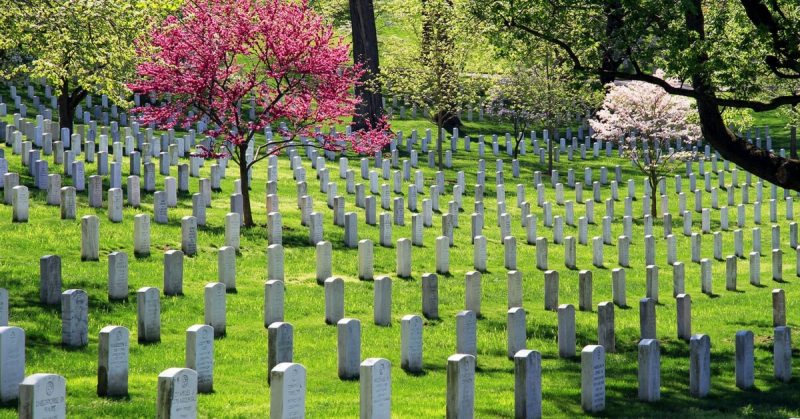The Russell family still resides in Gold Hill including a sister, brother in law and several nieces and nephews. According to Captain Lamar Shafer Russell’s obituary, a funeral was held on September 24, 2017, at Gold Hill United Methodist Church and after seventy-three years of lying lost in the mountains of New Guinea, the Captain was finally laid to rest in his home soil at Gold Hill Cemetery in North Carolina.
A crew from Royal Australian Air Force Search and Recovery Personnel assisted by workers from the United States was looking for a recently downed aircraft in the Owen Stanley Mountain Range in New Guinea in March of 1961. The teams found over ten wrecked Allied planes from the 1940s including what was left of a B25 Mitchell Bomber. Recovery teams were sent in to collect the remains which were sent to Honolulu’s Defense POW/MIA Accounting Agency lab. The remains were identified as the crew and passengers of the aircraft on which Captain Russell had been flying. The lack of modern DNA testing made it unable to correctly identify each bone, so the recovered remains were buried together in a mass grave in Arlington National Cemetery in Arlington, Virginia after a memorial service was held on February 24, 1963. Captain Russell’s bones were assumed to be mixed among the others.
Locals in the area were still working at the crash site, finding evidence and more human remains. In the autumn of 2004, DNA testing and the recovery of his dog tags proved conclusively that Captain Russell’s bones had finally been found.
Intense fighting between the Japanese and the combined forces of the Americans and the Australians went on in the mountainous equatorial islands just north of Australia including the Solomon Islands, the Philippines, New Guinea and Indonesia and because of the rough terrain and the inability to peer into the dark jungles even by aerial means many dead soldiers were never recovered.
One member of the 90th Bombardment Squadron stationed in New Guinea in 1944 has finally gone home to Gold Hill, North Carolina. Captain Lamar Shafer Russell was serving with the 5th Air Force 3rd Bombardment Group, 90th Bombardment Squadron at the headquarters of the 3rd Bombardment Group in New Guinea. On the first of February in 1944 Captain Russell was flying as a passenger with eight others, mostly from the 27th Air Depot, from Horanda, New Guinea over a mountain range to 7 mile Dome near Port Moresby on the other side of the island’s southwest peninsula. The pilot, 1st Lt. Walter R. Gerry, radioed in about an hour after takeoff that the plane had encountered a storm and was returning to Horanda. That was the last communication with the aircraft, and it was never heard from again.
Captain Lamar Shafer Russell was only twenty-nine years old when he was killed in action and had recently received the Legion of Merit award from General Douglas MacArthur in December of 1943 for “Exceptionally Meritorious conduct in the performance of outstanding services as a photographer in New Guinea.”
He had been born on June 10, 1915, to Raymond and Beulah Shafer Russell and graduated from Boyden High School and then Catawba College in Salisbury, North Carolina in 1939. He enlisted in the Army Air Corps on October 13, 1940, from Charlotte North Carolina as a Lieutenant before the United States entered the war and quickly moved up in rank achieving the rank of Captain which he held at his death.
